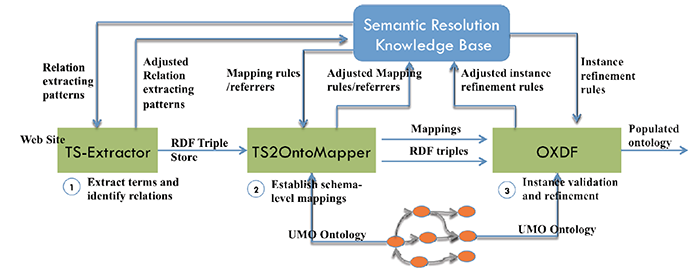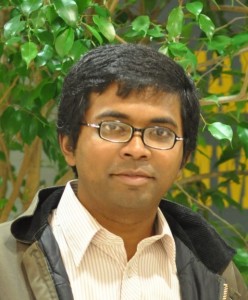
Ph.D. Dissertation Defense
On Prediction and Estimation for Datastreams
Utilizing Sparsity and Structure
Shiming Yang
10:00am-12:00pm, 6 June 2013, ITE 325b, UMBC
With the unprecedented fast growth of data, we have better opportunities to understand our complex world, and simultaneously face pervasive challenges in efficiently inferring the meaning behind these vast amounts of data. It is particularly important to explore the intrinsic structures in data to increase our rational understanding of the latent mechanisms that generate them. In modeling, structures are features used to characterize the underlying systems, such as the rank of a system, the number of clusters, the levels of hierarchy, and the order of spatio-temporal correlations in multiple measurements.
In this thesis, we present our research contributions on utilizing structures and sparsity in observed data to improve estimation and prediction of trajectories of system states for two systems: the highway traffic system and the human physiology systems. Both systems exhibit features that are seen in many other applications.
For the traffic problem, it is useful to know the near–term traffic conditions after the occurrence of some events which have noticeable impact on the road traffic. Often used macroscopic models, which view road traffic as fluid flowing in pipes, suffer from various inaccuracies, which could be mitigated by incorporating past observations to correct predictions. However, we often have limited observation and computing resources (e.g., probe vehicles, smartphones, bandwidth, sensors) to gather and process past observations. We describe a novel low-overhead strategy to adaptively select observation sites in real-time by using the density of the mesh of the numerical solution of the underlying mathematical model to capture the variability of that solution. We show that our proposed strategy improves the numerical accuracy of near–term traffic forecasting with limited observation resources as compared with with uniform deployment of the observation resources. In addition to deploying limited observation resources, one is often concerned with detecting special traffic events. To this end, we propose a novel method to decompose traffic observations into normal background and sparse events. Our method couples multiple traffic datastreams so that they share a certain sparse spatio–temporal structure.
We also study the utility of sparseness and structure in physiological datastreams. Missing values hinder the use of many machine learning methods. We show how to incorporate ideas from compressive sensing into handling the missing values problem in continuous intracranial pressure (ICP) datastreams from patients with traumatic brain injury. We experimentally evaluate the proposed method in experiments where randomly selected ICP values are marked as missing. We find our method gives estimated missing values that are in better agreement with the true values as compared with k–nearest neighbor and expectation maximization data imputation methods.
Moreover, predicting the near–term intracranial pressure for traumatic brain injury patients is of great importance to clinicians. Traditional regression methods, need an explicit parametric form of the model to fit. However, due to our limited knowledge of the complex brain physiology, it is difficult to specify an accurate parametric model. To overcome this difficulty, our model uses Gaussian processes to quantify our prior beliefs on the smoothness of the regression model, and performs regression in an infinite dimensional space. We show that the proposed Gaussian process regression model shows predicts ICP changes in clinically useful timeframes and may support future development of minimally-invasive ICP monitoring systems, earlier intervention strategies, and better patient outcomes.
Committee: Drs. K. Kalpakis (Chair), Alain Biem (IBM TJ Watson), Chein-I Chang, Colin MacKenzie, Dhananjay Phatak, Yaacov Yesha








